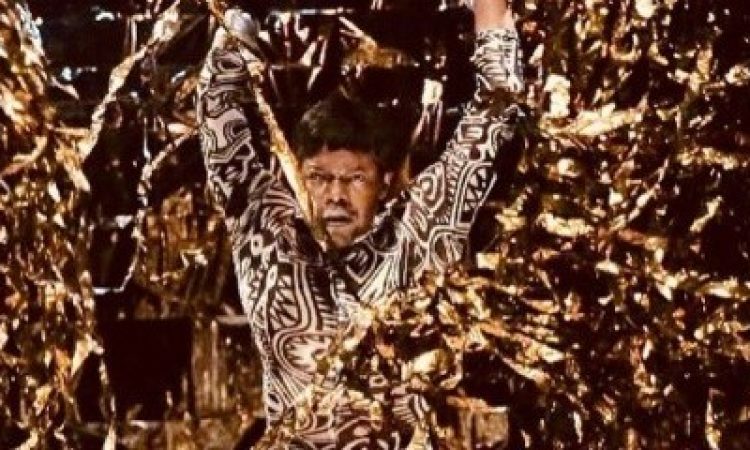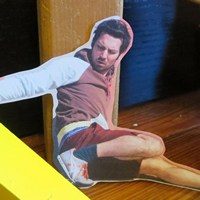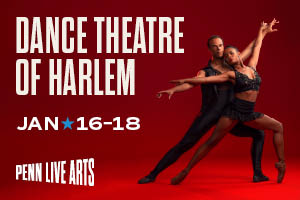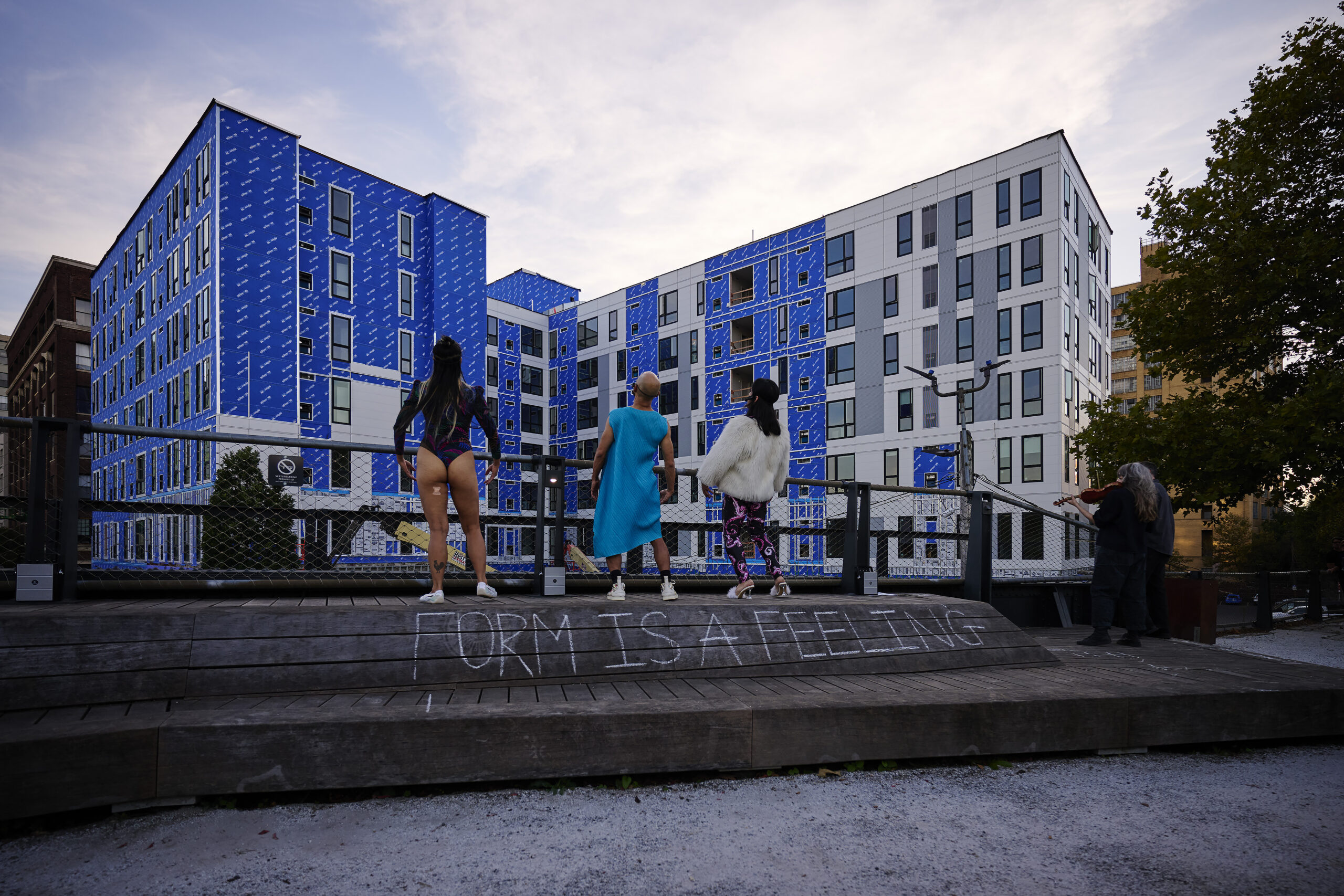New York, NY — I want to name and catalogue so much of Jaamil Olawale Kosoko’s Séancers because of the powerful people and tools it makes visible. This insightful ritual is a conversation, shedding light on Black ancestors. As an audience, we share in a memorial to the numerous black and POC bodies who have died in trauma. “And there are tapes to prove it” (Audre Lorde). This convening roots us in the voices of those who are still fighting, still staring oppression in the face and asking big questions.
This is a solo, yet there are countless layers and beings evoked in Séancers. “Being unapologetically Black and alternative, is part of the Black millennial culture of empowerment” (Brenda Dixon-Gottschild). Kosoko’s black body erupts out of an oppressive pile of white-bodied blow up dolls and other symbols of whiteness. I am shape-shifting with Kosoko throughout this hallucinatory gathering. Unraveling intense episodes that he gracefully guides me through as his gender and identity flow between bodies and forms. Each vision Kosoko shapes for the audience is an honoring, a remembering, and a fantastic reflection on making the invisible visible.
In one vision, masses of golden ribbon manipulated by Kosoko, matched by an atmospheric audio reverb, dramatically summon a new being. This storm of object and sound obscures Kosoko’s body completely. I forget that his body is controlling the shiny threads as I am now both within and witnessing a hurricane. This hurricane is shifting, controlling, erasing. Later, simply by using a cream stocking and long, blonde wig, Kosoko transforms from a powerful singing diva with Afro wig into a white woman in upheaval. As this fair body writhes through the space she is another hurricane, obscuring the previous history I was just getting to know. “What do you say to someone who has been told that their whole essence is whiteness and power and domination? And when that no longer exists, then they feel as if they are dying or they get caught up in the throes of death” (Ruby Sales).
Blending electronic rhythms with the recorded voices of ancestors and theologians, Jeremy Toussaint-Baptiste’s sound score is my emotional and spatial crutch. “I tried my whole life. It was so much work.” Kosoko’s voice echoes through distinct locations in the theater making me feel transported and disembodied with him. As my chair rumbles with the bass I feel the trauma of those ancestors being channeled as the lines “I tried my whole life. It was so much work” are repeated.
The collected voices layer onto my own body. I am implicated into a room that shares and respects thought, emotion, and lived experiences. Led by performative chameleon Kosoko, I deeply sense the assembly of these spirits and frames of thinking. Here, I am beyond a grappling with my privileges as a white man, but am a soul willing and open to have a new history written. Kosoko raises the voices and stories of these séancers and those séanced, weaving them into my being. “I want a theology that gives hope and meaning to people who are struggling to have meaning in a world where they no longer are as essential to whiteness as they once were” (Ruby Sales).
Séancers asks me to listen, to witness, and to be a vessel for shifting the narrative. Here is the start of a list of humans and guides named and quoted in Séancers: Audre Lorde, Félix González-Torres, Okwui Okpokwasili, James Baldwin, Howardena Pindell, Brenda Dixon-Gottschild, Ruby Sales. Yes, this is incomplete. How can I be complete in the face of lost and invisiblized theologies? Listen. Share their stories. And keep adding to the list.
Séancers, Jaamil Olawale Kosoko, Abrons Arts Center, December 6-9, 2017. http://jaamil.com/






